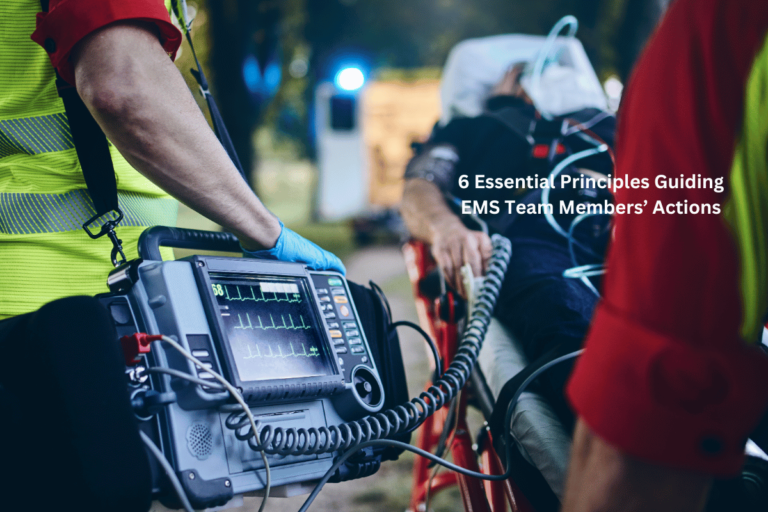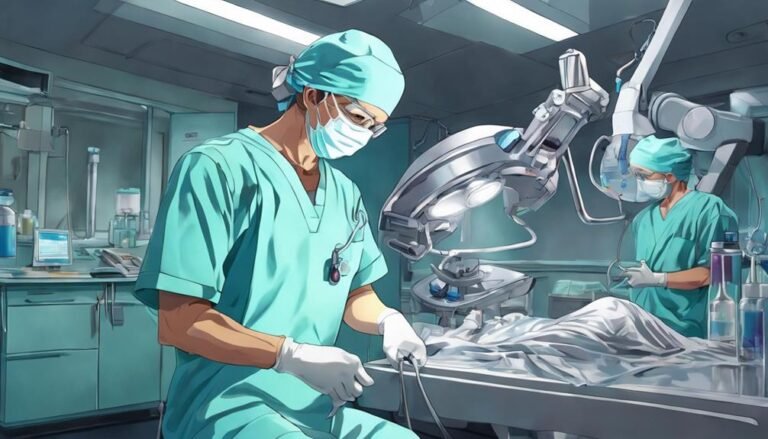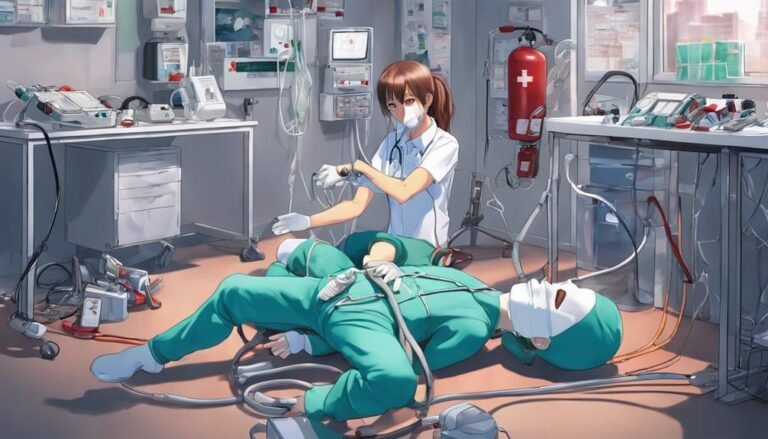What Are Bloodborne Pathogens (BBP)?
What Are Bloodborne Pathogens (BBP)?
Bloodborne pathogens (BBP) are infectious microorganisms present in blood and other bodily fluids that can cause serious diseases in humans. These pathogens can be transmitted through contact with infected human blood, saliva, semen, vaginal secretions, and other potentially infectious materials (OPIM). Bloodborne pathogens can lead to diseases such as Hepatitis B (HBV), Hepatitis C (HCV), and Human Immunodeficiency Virus (HIV), among others.
Understanding bloodborne pathogens is crucial for anyone working in environments where they may come into contact with blood or bodily fluids, as exposure can result in life-threatening infections. With proper training, employees can protect themselves and others from these risks. This guide will delve into what BBPs are, how they are transmitted, and the best practices for preventing exposure.
Common Types of Bloodborne Pathogens
Several bloodborne pathogens pose serious health risks. The most common include:
- Hepatitis B Virus (HBV): This virus infects the liver, causing inflammation that can lead to chronic liver disease, cirrhosis, and liver cancer. HBV is highly contagious and can survive outside the body for several days.
- Hepatitis C Virus (HCV): Another liver-infecting virus, HCV often leads to chronic infection and liver damage. It is one of the most common causes of liver transplants worldwide.
- Human Immunodeficiency Virus (HIV): HIV attacks the immune system, weakening the body’s ability to fight infections and diseases. Over time, HIV can lead to acquired immunodeficiency syndrome (AIDS), a life-threatening condition.
- Other Pathogens: Other bloodborne pathogens include malaria, syphilis, and viral hemorrhagic fevers, which are less common but still pose significant health risks in specific environments.
How Bloodborne Pathogens Are Transmitted
Bloodborne pathogens can be transmitted through various means, primarily involving exposure to blood or bodily fluids. Common modes of transmission include:
- Needlestick Injuries: Healthcare workers are especially vulnerable to needlestick injuries, which can expose them to infected blood.
- Cuts or Abrasions: Open wounds, cuts, or skin conditions can provide a pathway for pathogens to enter the bloodstream.
- Mucous Membranes: Pathogens can enter the body through the eyes, nose, or mouth if they come into contact with infected fluids.
- Sexual Contact: Certain bloodborne pathogens, like HIV and Hepatitis B, can also be transmitted through unprotected sexual contact.
High-Risk Occupations for Bloodborne Pathogens
Some workers are at higher risk of exposure to bloodborne pathogens due to the nature of their job. These occupations include:
- Healthcare Workers: Doctors, nurses, paramedics, lab technicians, and other medical staff are routinely exposed to blood and bodily fluids. They face the highest risk of BBP exposure through needlestick injuries and patient care.
- First Responders: Police officers, firefighters, and emergency medical technicians (EMTs) are often on the scene of accidents, where they may come into contact with blood or other bodily fluids.
- Custodial Staff: Janitors and cleaning staff may encounter improperly discarded needles or blood-contaminated materials, putting them at risk of exposure.
- Tattoo Artists and Body Piercers: Professionals in this industry frequently handle needles and must follow strict sanitation procedures to prevent the spread of bloodborne pathogens.
- Laboratory Workers: Those who work in labs that handle human blood or body fluid samples may be at risk if proper precautions are not taken.
OSHA and Bloodborne Pathogens Standard
The Occupational Safety and Health Administration (OSHA) has developed the Bloodborne Pathogens Standard (29 CFR 1910.1030) to protect workers from health risks associated with bloodborne pathogens. This regulation requires employers to:
- Develop an Exposure Control Plan: A written plan outlining how the organization will minimize or eliminate exposure risks for employees.
- Provide Personal Protective Equipment (PPE): Workers must have access to gloves, masks, face shields, and other PPE to protect against exposure.
- Offer Hepatitis B Vaccinations: Employers are required to offer the Hepatitis B vaccine to employees who may be exposed to bloodborne pathogens.
- Implement Engineering and Work Practice Controls: These include tools and procedures that reduce exposure risks, such as sharps disposal containers and proper handling techniques for needles and other sharp objects.
- Conduct Annual Training: Employees must receive annual training on bloodborne pathogens, how to protect themselves, and what to do in case of exposure.
How to Protect Yourself from Bloodborne Pathogens
Protecting yourself from bloodborne pathogens involves a combination of awareness, proper safety practices, and following established protocols. Key protective measures include:
- Use Personal Protective Equipment (PPE): Always wear appropriate PPE, such as gloves, masks, and gowns, when there is a possibility of exposure to blood or bodily fluids. Dispose of used PPE in designated containers.
- Safe Needle Practices: Do not recap used needles, as this increases the risk of needlestick injuries. Dispose of all sharps immediately in puncture-proof sharps containers.
- Proper Hand Hygiene: Wash your hands thoroughly with soap and water after any potential exposure. Hand hygiene is one of the most effective ways to prevent the spread of infectious agents.
- Use Barrier Devices: When performing CPR or mouth-to-mouth resuscitation, always use barrier devices like resuscitation masks to prevent exposure to saliva and other bodily fluids.
- Follow Spill Cleanup Protocols: If blood or bodily fluids are spilled, follow proper cleanup procedures using appropriate disinfectants and PPE to avoid direct contact.
Steps to Take After Exposure to Bloodborne Pathogens
If you are exposed to bloodborne pathogens, it’s essential to take immediate action to minimize the risk of infection. Follow these steps:
- Wash the Area: Clean the affected area immediately. For needlestick injuries or cuts, wash the area with soap and water. For splashes to the eyes or mucous membranes, flush with water for at least 15 minutes.
- Report the Incident: Notify your supervisor or the designated safety officer immediately after exposure. An incident report should be filled out, detailing how the exposure occurred.
- Seek Medical Attention: After an exposure, you may need immediate medical evaluation, particularly for exposure to HIV, HBV, or HCV. Your healthcare provider may recommend post-exposure prophylaxis (PEP) to reduce the risk of infection.
- Follow Up: After the initial evaluation, follow any additional recommendations for monitoring, vaccinations, or follow-up tests.
Conclusion
Understanding bloodborne pathogens, how they are transmitted, and how to protect yourself is essential for anyone working in environments where exposure risks are present. Employers must ensure that their workforce is properly trained and equipped to handle such risks safely and responsibly.
If you are interested in learning more about protecting yourself and others from bloodborne pathogens, consider enrolling in our Bloodborne Pathogens Certificate Course. This comprehensive training provides you with the knowledge and skills necessary to prevent exposure and respond effectively in the event of an incident. Protect your health and stay compliant with OSHA standards today!







